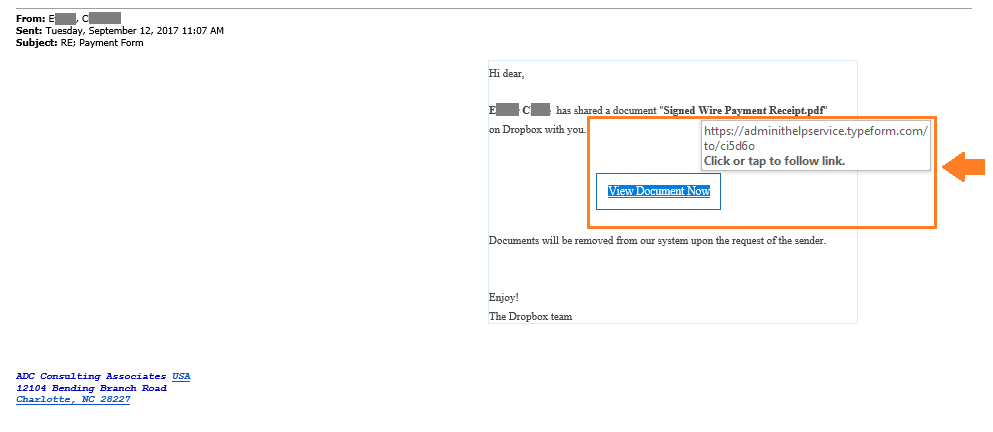You have probably been told in the past not to click links in emails from unknown sources, and you probably follow that rule to the letter. Phishing attempts become more legitimate-looking every day.
When thinking about whether to click on a link, please remember these basic rules (explained in more detail in this Wired.com article):
- Always think twice before clicking a link in an email
- Consider the source (first, look at who sent the email, then hover over the link– but don’t click!– and see if the link leads to a website you recognize and trust)
- Report phishing attempts, or suspected attempts, to report-phish@osu.edu
Some recent items we have noticed in phishing attempts include the following:
- Email addresses that look like OSU emails, but if you search the names at osu.edu/findpeople, no results will come up
- Use of OSU logos, legitimate-looking email layouts, and legitimate email addresses/websites listed under the signature or in the header
- Simple-looking emails that ask you to click a link to “validate” or “secure” your email, storage, or other information
- Emails that look like they are written by a friend/colleague but with unknown email addresses or referring to a conversation you never had
Below are some recent examples that faculty and staff at the College of Nursing have reported. Click on the image to view it full-size.
Examples of Recent Phishing Emails

This email has been flagged by the administrator as a possible phishing attempt (red flag #1), and if you hover over the link without clicking, you’ll see it does not go to a osu.edu webpage. Also please note the convincing-looking signature line, and the very suspicious line above this assuring you that it is legitimate.

The above email contains a link that does not lead to a osu.edu page. It also contains questionable grammar such as “All staffs and students” and “portal to access the below”.

The link in the above email does not seem legitimate, and the “From” line of the email seems odd too, as it does not have an email address but only a name. I looked up the sender below for more information.

It turns out, the “sender” is a real OSU employee, but if you notice in the original email, the “From” box has a comma between last name and first and in the center of the email the comma is missing. If you do not know the sender or you are not expecting an email from them, assume this is a phishing attempt.

Sometimes it helps to do a Google Search or a “Find People” search on the sender of an email. Above is what I found out about “Wilhem Veen,” a name which appeared numerous times above.
Thanks for reading! Please remember to always consider the source and hover over links before clicking them. When in doubt, don’t click! Forward any suspicious emails to report-phish@osu.edu
